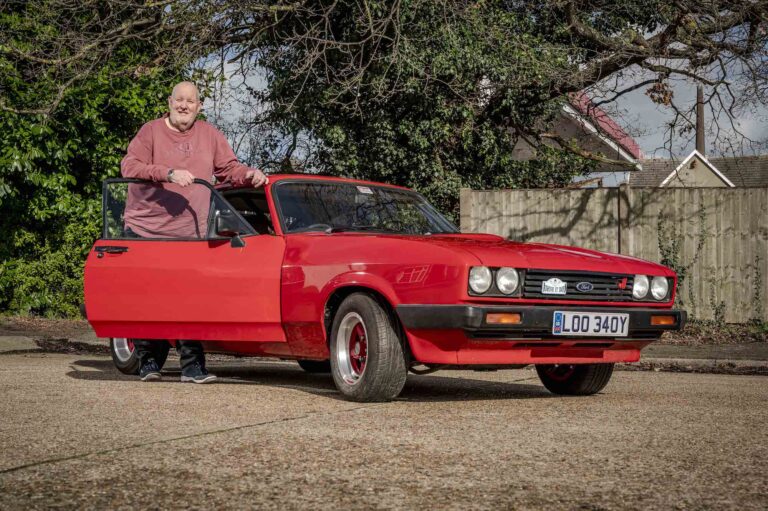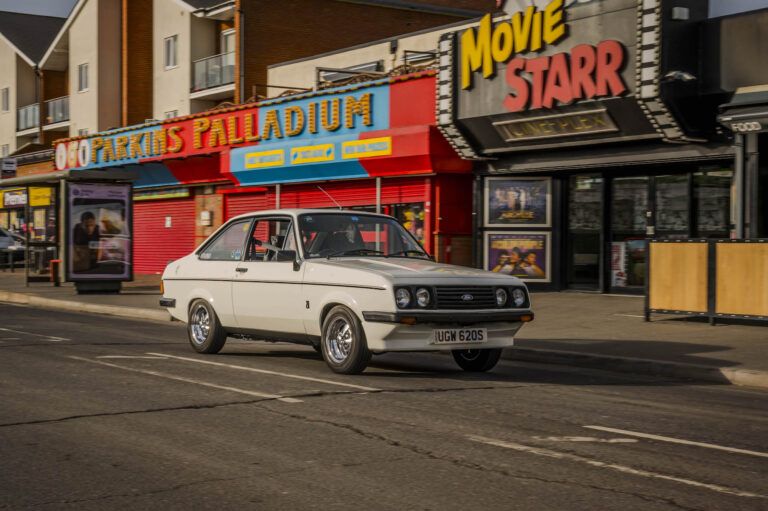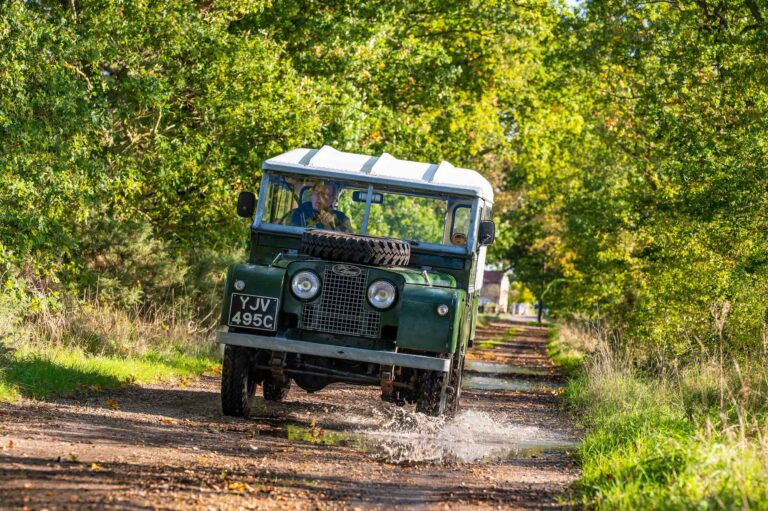When Brian Ryder took his rusting 1965 Cortina Super off the road in the mid ‘70s, it had firmly worked its way under his skin.
For years, he’d been patching up the Ford to get it through its MoT, but there came a point when, he says, “it was beyond doing any more to keep it on the road”.
“It was worthless to sell, and somewhere along the line there was something in my brain that said ‘keep it’, and I did,” says Brian, unable to part with the first family car bought with his wife Gloria.
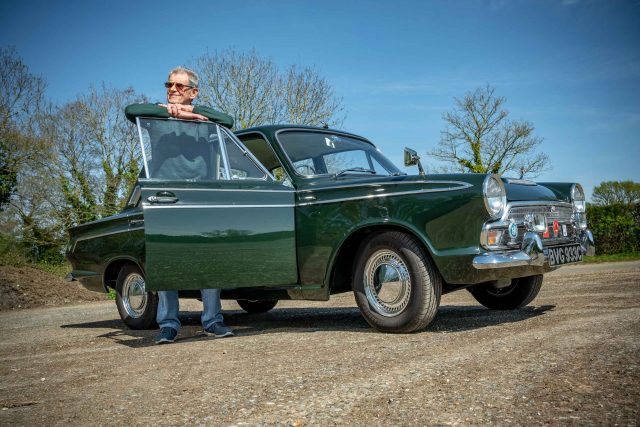
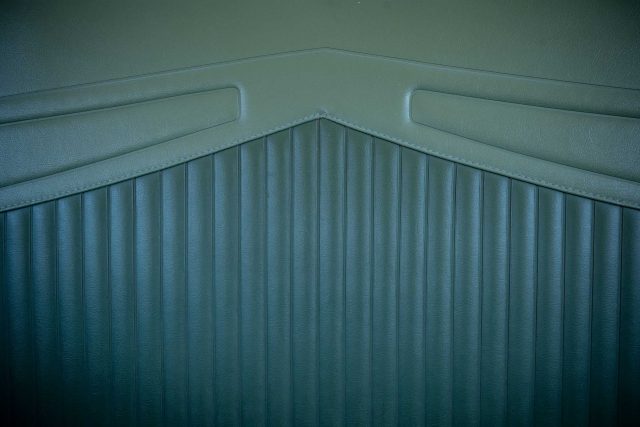
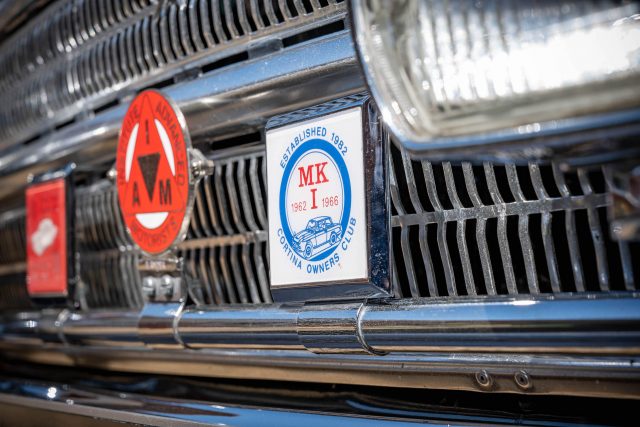
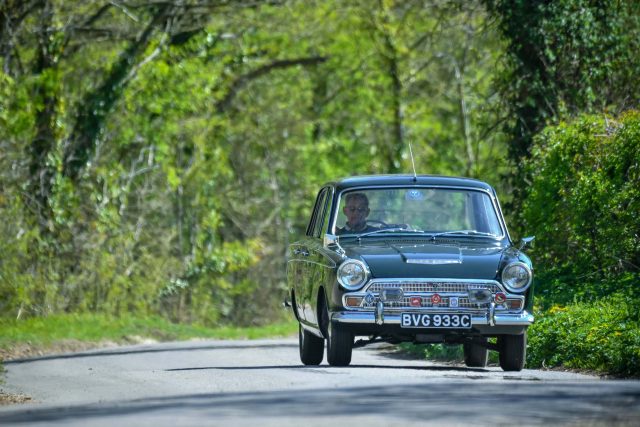
Sentimental value
“We worked hard for it, so there was a bit of sentimental value about it. There were thousands scrapped or used in stock car racing and banger racing, but I didn’t want that to happen to that car.”
From about 1975, the Cortina spent two decades in an asbestos garage at the bottom of Brian’s garden, which just happened to be a stone’s throw from the route of the proposed A11 bypass a few miles south of Norwich.
“I put the car in the garage and forgot about it,” he says, until the bypass carved its way through the countryside within a quarter of a mile of his land.
“Everyone who lived in that corridor got some compensation and when this money was put into my hand I said to Gloria ‘we’ll do the Cortina up’. She said ‘yeah, do it if you want to’.
“And that’s where it started, in 1996.”
Fast forward to today, and the Alpina green Super – a multiple Mk1 Cortina Owners Club class winner – is one of the best you’ll see on the roads, inside and out.
Indeed, Brian says Gloria was very reluctant to drive the car once it had been restored.
READ MORE ABOUT SOME OF OUR GREATEST CLASSIC CARS WITH

A series of articles on our Cult Classics site.
“Godlike thing”
“She was frightened she was going to damage it,” he says. “I’d spent so much time on it and it was this Godlike thing.”
Brian’s love of cars was sparked by helping his father Charles, a motor engineer.
“From about six years old, I enjoyed getting my hands dirty, and it stayed with me all my life,” he says.
It seemed only natural that he would follow his father into the motor trade, starting an apprenticeship at 15 with a local garage, servicing a small fleet of Austin A35s owned by the Milk Marketing Board among other cars and motorbikes.
Brian’s first transport was a BSA Bantam, but “mother didn’t like me riding motorbikes at all”, so it lasted less than a year before he passed his driving test at 17 and took over his father’s 1937 Austin 10 in August 1962.
A few months later came the big freeze of 1963, which remains the coldest in England in nearly 300 years.
“It snowed on Boxing Day and didn’t finish until April,” says Brian, 78. “The diesel in the buses was freezing up, the rivers were freezing up, but I quickly got some experience about driving in snow.”
By then, he was already dating Gloria, and the couple would go to the long-since defunct speedway circuit in Norwich, then stock car racing at Ipswich or Great Yarmouth.
The old Austin was followed by a Ford 100E van in ‘Norwich Blue’ paint, bought for £99, and then in 1967 the hunt began for a Cortina.
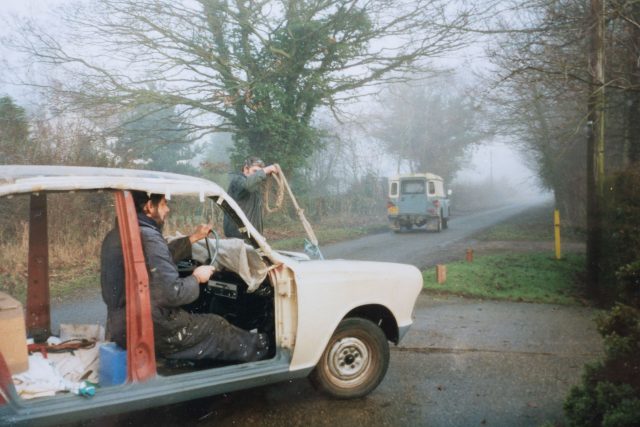
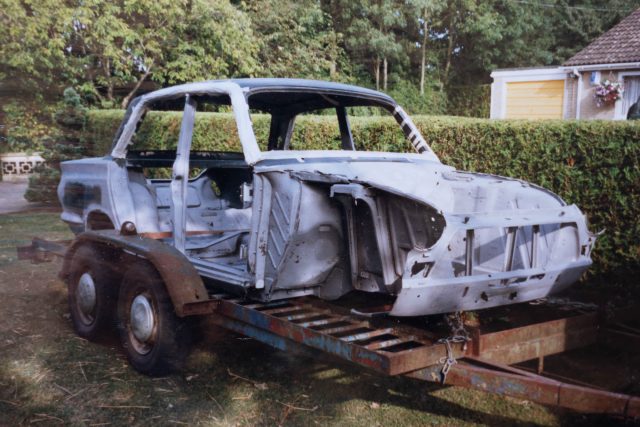
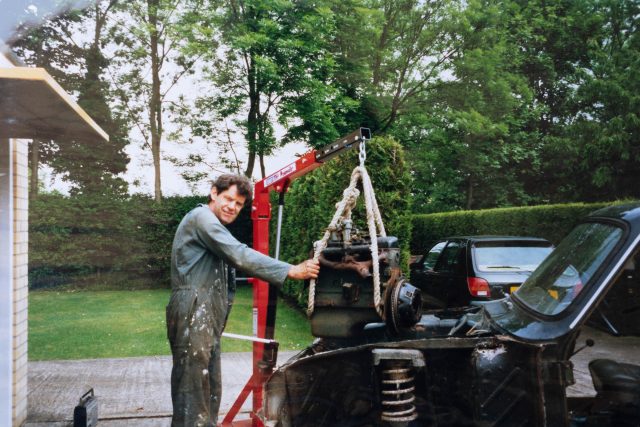
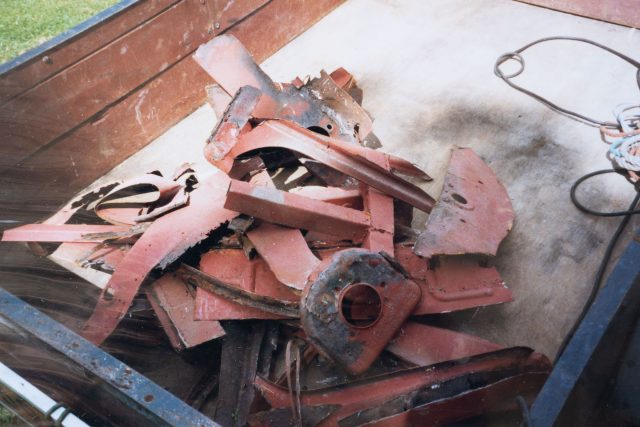
Modern styling
Brian was attracted by the car’s modern, Americanised styling, which compared favourably with the staid offerings of its rivals.
“There was still a very traditional look about the BMC and Rootes stuff at the time, and things like the Austin A60 with the B-series engine were not as easy to work on,” he says.
“The Cortina was still three boxes, but it was sharpened up and looked much more modern. It was instantly recognisable with its ‘ban the bomb’ rear lights. You could also get round the engine bay and easily get to everything for repairs.”
Not that Brian’s Cortina story got off to the best of starts after buying a 1965, white 1500-badged Deluxe that wasn’t all that it appeared.
“After a few days I was aware of a rumbling noise, which suggested the main bearings had gone,” he says. “Sure enough, when I returned it to the garage I’d bought it from, the engineers confirmed my suspicion, but they also said that it was a 1200 engine, not a 1500.
“Nobody had an answer as to how a 1500 badge had appeared on the rear of the car. I think the logbook had been sent away to the relevant authority to register the change of ownership, as I never did see it.”
81.5% of customers could get a cheaper quote over the phone
Protect your car with tailor-made classic car insurance, including agreed value cover and discounts for limited mileage and owners club discounts

“Sorry episode”
The garage agreed to give Brian his money back, “and the whole sorry episode was forgotten about”.
A week later he went to Mann Egerton, one of Norwich’s main Ford dealers, and standing on the forecourt was a 1965, dark green Cortina Super.
“The car had only been taken in the night before so had not been cleaned or prepared ready for sale,” remembers Brian. “I obviously didn’t have a trade in so the price was agreed at £500 plus £6 8s for four months road tax and a three-month warranty.
“It was quite an upgrade from a Deluxe model, and only around three weeks after I’d been driving a 1957 Ford 100E van. Wow – it had carpets, wheel trims and stainless steel trim etc.”
Brian’s Super is the facelifted version of the Mk1 Cortina, featuring a redesigned front grille incorporating the sidelights and indicators, front disc brakes, and Ford’s Aeroflow ventilation system.
When the two eyeball outlets on either side of the dash were opened, fresh air would rush into the cabin, exiting through vents on the rear pillars.
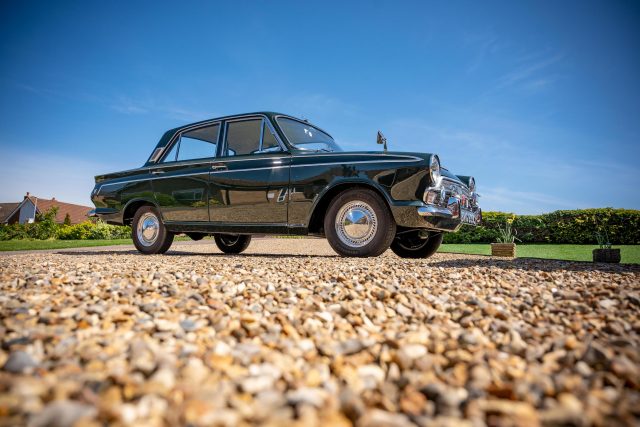
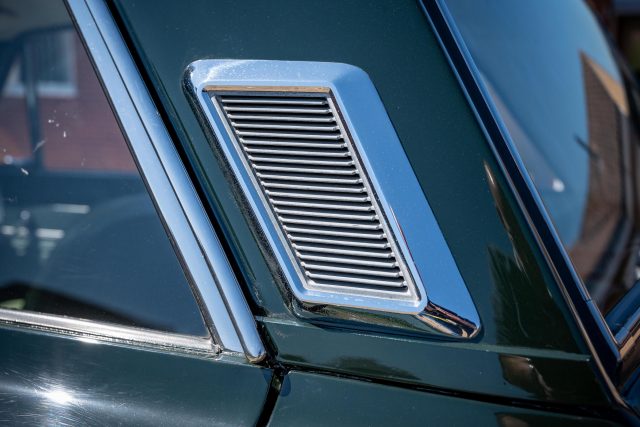
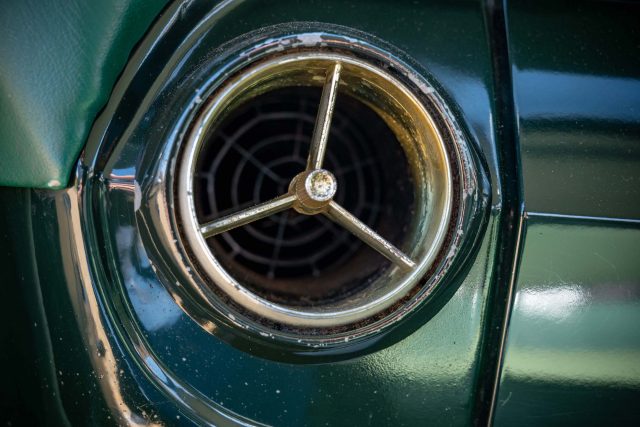
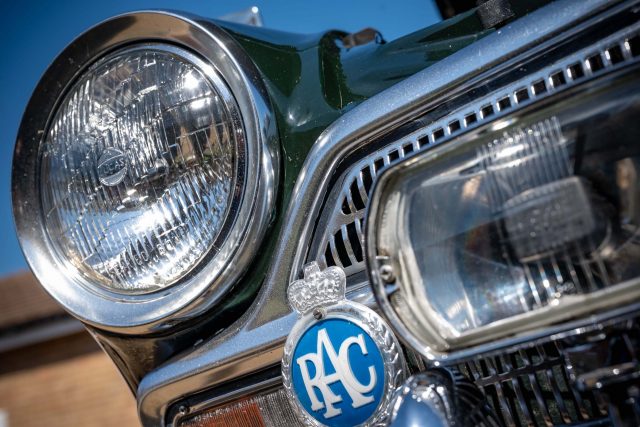
Pretty revolutionary
It sounds simple, and even fairly obvious, but this was pretty revolutionary stuff at the time.
By now, Brian and Gloria were married, and the Cortina was used for holidays to Scotland and Wales, and twice towed a caravan to Devon.
But it wasn’t long before corrosion started to nibble away at the car’s vulnerable metal.
“I’m not 100 per cent sure about this, but I’ve been told that a Mk1 Cortina’s life expectancy was four years and eight months,” says Brian. “They were that rotten. When this one was about four years old we were having to patch the inner wings. It was patched up endless times, all around the floor round the driver’s feet, the jacking points and the rear spring hangers were rotten.
“I did the work myself – I’d just weld another piece of metal on to get it through the test. A bit of welding, some body filler and some paint and away it went again.”
Finally, after nearly 10 years of service as the family car, the game was up, and the Cortina – technically now beyond economic repair – was retired to the garage where it stayed for 20 years.
Then came the money from the new road, and Brian embarked on a full restoration he knew was going to take “major money” and plenty of time.
READ MORE ABOUT SOME OF OUR GREATEST CLASSIC CARS WITH

A series of articles on our Cult Classics site.
Nut and bolt restoration
“I took every nut and bolt off it, tipped it on its sides and upside down on a couple of mattresses, and cut the rotten bits out – about half of it!” he laughs. “Well, not quite half, but an awful lot of it was cut away.
“I could only do it in my spare time, so I knew it was going to take several years.”
He joined the Mk1 Cortina Owners Club, which proved a useful source of parts – “there was virtually nothing you can’t get from it”.
The 1498cc engine was completely rebuilt, with a reground crank, rebored cylinders, planed head, and new big ends, main bearings, oil pump, distributor and carburettor.
Since then, Brian has replaced the dynamo with an alternator to bring it into the 21st century, and modified the head to run on unleaded petrol, but all the other engine parts are as they would have been in 1965.
“I’m a traditionalist, so it’s as near to original as it could be,” he says, which extends to the majority of the interior.
“It needed a new carpet, new front seat swabs, and the padding on the dashtop, but everything else is original, though I’ve added a modern stereo tucked out of the way, and the voltmeter and oil pressure gauge were things I put in a long time ago.”
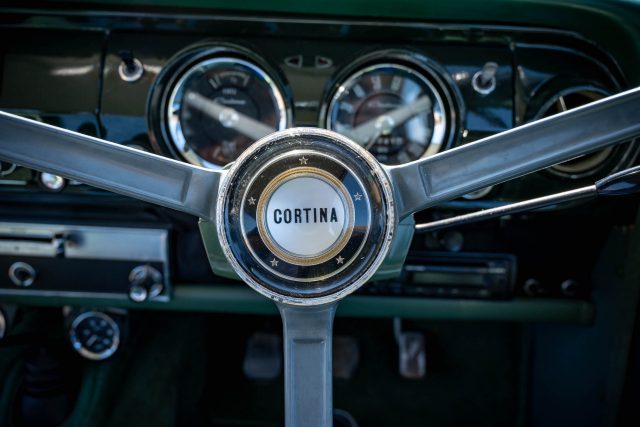
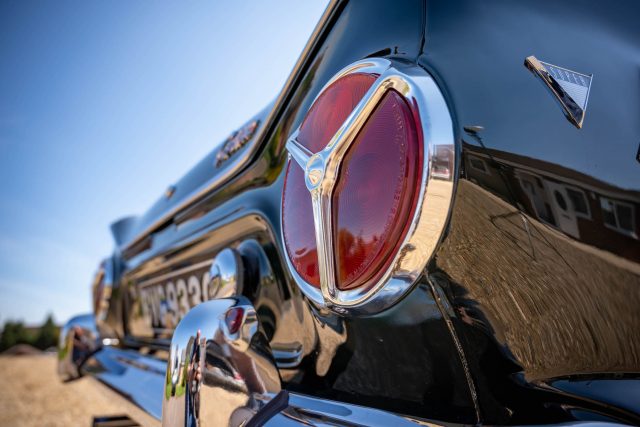
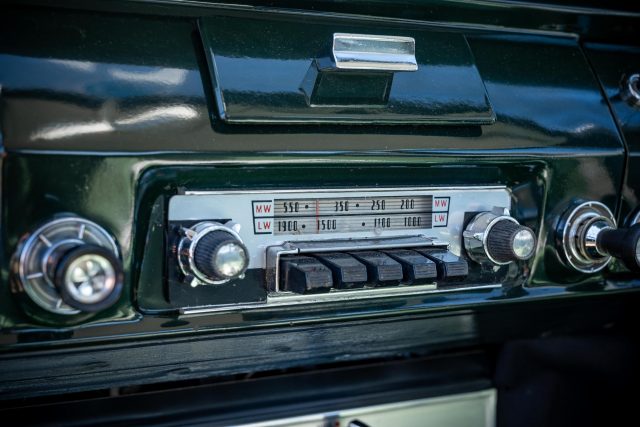
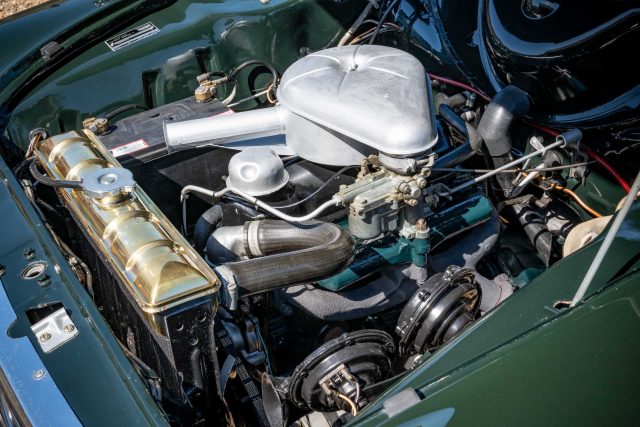
Millennium mission
Things were progressing nicely when, in late 1999, the owners club sent out a request to have as many Mk1s on the road on millennium morning – January 1, 2000 – as possible.
“Mine was in a state where I’d restored the bodywork but hadn’t painted it, and it had an engine in it – but no doors and no seats,” says Brian. “We pushed it onto the quiet lane where I lived, started it up and I was able to drive it 10 yards back onto my drive on millennium day, sitting on a bucket.”
The car was back in one piece, resprayed, and MoTd by July 2000, and Brian was “thrilled to be back in it and driving it on the road”.
“It brought back some memories but, compared to today’s cars, it’s hard work,” he says. “Any car of that age is. The steering wheel is thin with no leather padding, no power steering, no servo-assisted brakes, and the suspension is musical when going over rough ground, which is par for the course.
“In my new Peugeot, which is an automatic, you just go. But this thing, you have to drive. On the other hand, if I’m down the road and the thing stops, providing I’ve got petrol and I can get a spark, it’s going to go somehow. If the Peugeot stops, I’ve got to wait for someone to plug the thing in and see what’s wrong with it.”
Showing the car has never been high on his list of priorities, though he does occasionally take it to the annual owners club meeting at Stratford-upon-Avon, where it’s won the Super class several times.
Drive, not show
“The pleasure of it is owning it, keeping it looking like it is and driving it on days like this,” he says, looking out at the spring sunshine.
“It’s only used when the sun is shining. In the winter, I’ll start it up and take it for a run if we’ve had three or four days when they haven’t put salt on the road, and it’s not wet.
“When you drive it around, it attracts attention like any old car does, but I’ve got it because I enjoy driving it.
“I haven’t been to the owners club show for two or three years now, but I’ll go this year because it’s the 60th anniversary of the Cortina.”
In 2007, Brian’s world was turned upside down when Gloria died just weeks after she was diagnosed with cancer.
The couple had been married for 42 years, and the Cortina had been with them for all but the first two.
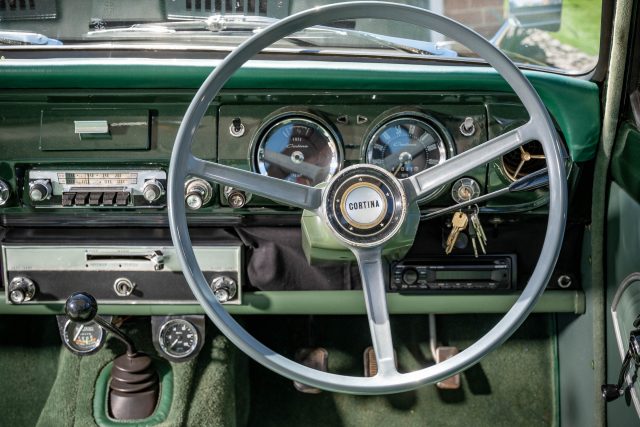
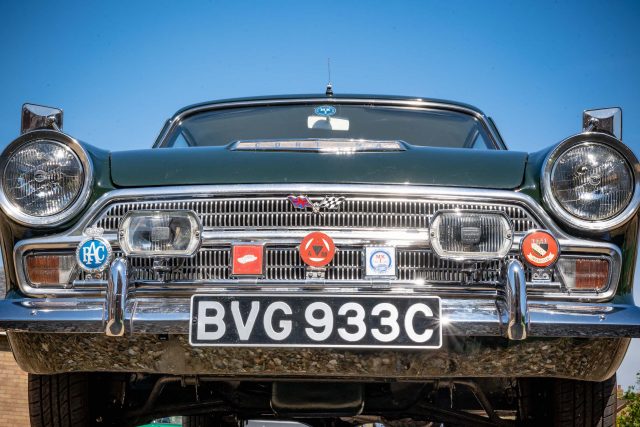
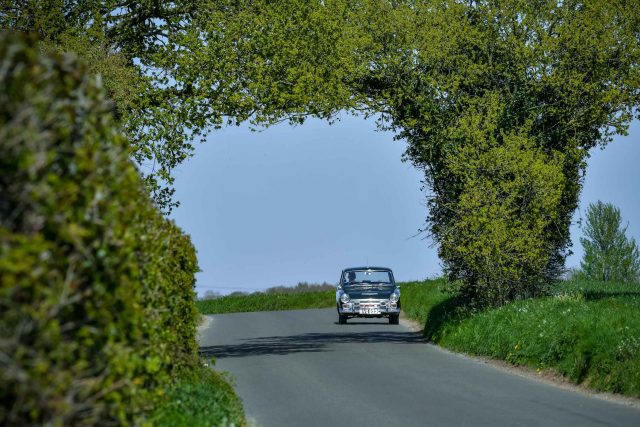
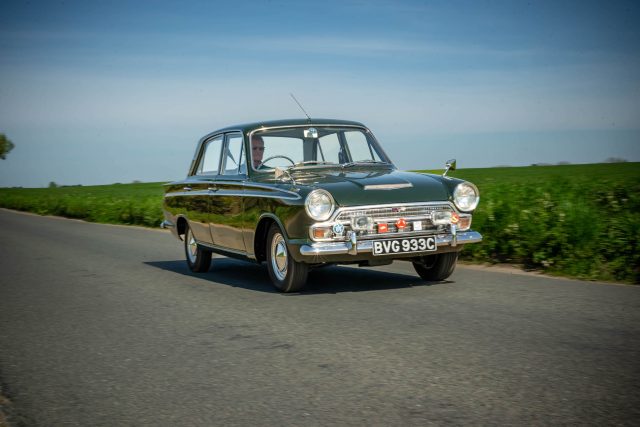
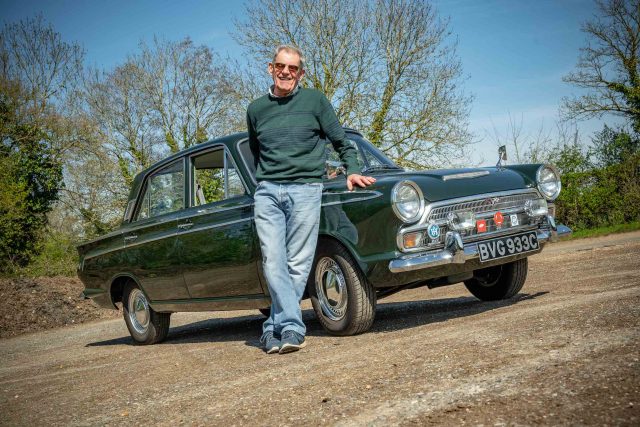
“It’s been my life”
“It was our pride and joy when we bought it, and it’s still my pride and joy now,” he says. “It’s been my life, apart from a lovely marriage I had.”
Brian will never sell the Ford, which will one day pass to daughter Kelly. It will, however, have one last job.
“It will come with me on my final ride,” he says. “That’s one of my requests for my daughter, that it’ll come to the funeral. She’s never driven it, but hopefully she will drive it to the funeral, and then she can do what she wants with it. Whether she’ll keep it, I don’t know.”

